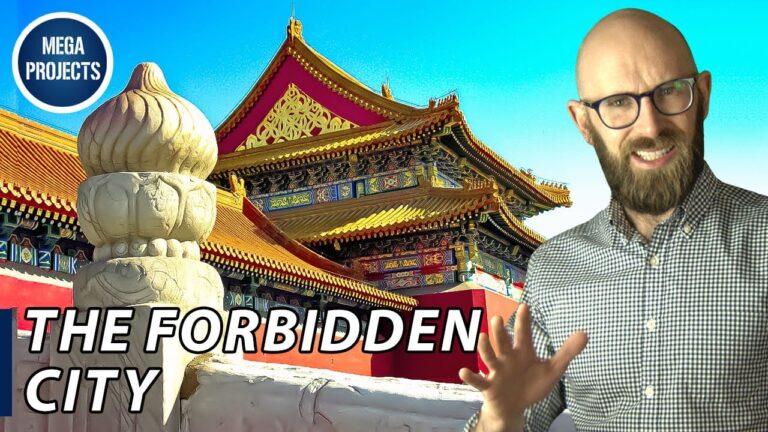Welcome to my blog post about the Forbidden City Dynasty. In this post, we will discuss the history, architecture, and interesting facts about the Forbidden City in China.
The History of the Forbidden City
The Forbidden City, also known as the Palace Museum, is located in the heart of Beijing, China. It was built during the Ming dynasty, between 1406 and 1420, and served as the imperial palace for 24 emperors of the Ming and Qing dynasties.
During the Ming dynasty, Beijing was designated as the capital of China, and the construction of the Forbidden City began. The palace was designed to symbolize the power and authority of the emperor, and it was built using the finest materials and skilled labor.
The Forbidden City was also the site of many important ceremonies and events during the reign of the emperors. It was a place where major decisions were made, and foreign dignitaries were received.
The Architecture of the Forbidden City
The Forbidden City has a unique architectural style that blends traditional Chinese, Mongolian, and Manchu influences. The palace is made up of 980 buildings, with over 8,700 rooms, and is surrounded by a moat and a 26-foot-tall wall.
One of the most unique features of the palace is the color of the buildings. The majority of the structures are painted in a bright, vivid red color, which was a symbol of good luck and power in Chinese culture.
The palace was also designed with feng shui principles in mind, with buildings arranged in a specific order and orientation to promote harmony and balance.
Interesting Facts about the Forbidden City
1. The Palace Has a Hidden Network of Tunnels
The Forbidden City has a network of tunnels that were used by the emperor and his family to move around the palace without being seen by the public. It is said that the tunnels are so extensive that they connect the Forbidden City to other palaces and locations outside of Beijing.
2. There Are Over a Million Artifacts in the Palace
The Palace Museum is home to over a million artifacts, including paintings, calligraphy, ceramics, sculptures, and imperial treasures. Many of these artifacts are on display for the public to see.
3. Only the Emperor and His Family Were Allowed Inside the Forbidden City
The Forbidden City was strictly off-limits to the public and only the emperor and his family, along with a select group of high-ranking officials, were allowed to enter. The penalty for entering the palace without permission was harsh and often resulted in death.
Conclusion
The Forbidden City is an iconic symbol of Chinese history and culture. Its grandeur and beauty continue to fascinate visitors from all over the world, as they explore the rich history and architecture of the palace.
From the hidden tunnels to the millions of artifacts, there is always something new to discover and explore at the Forbidden City.
